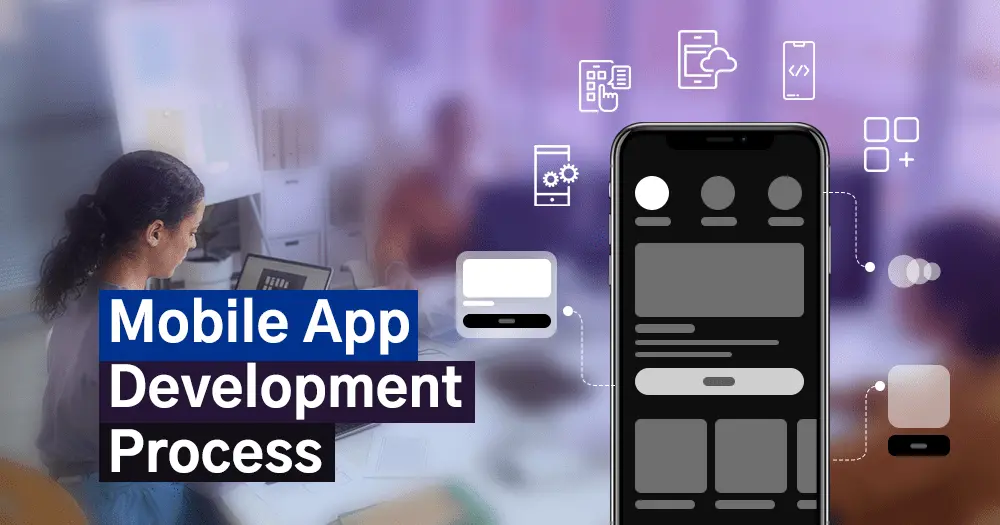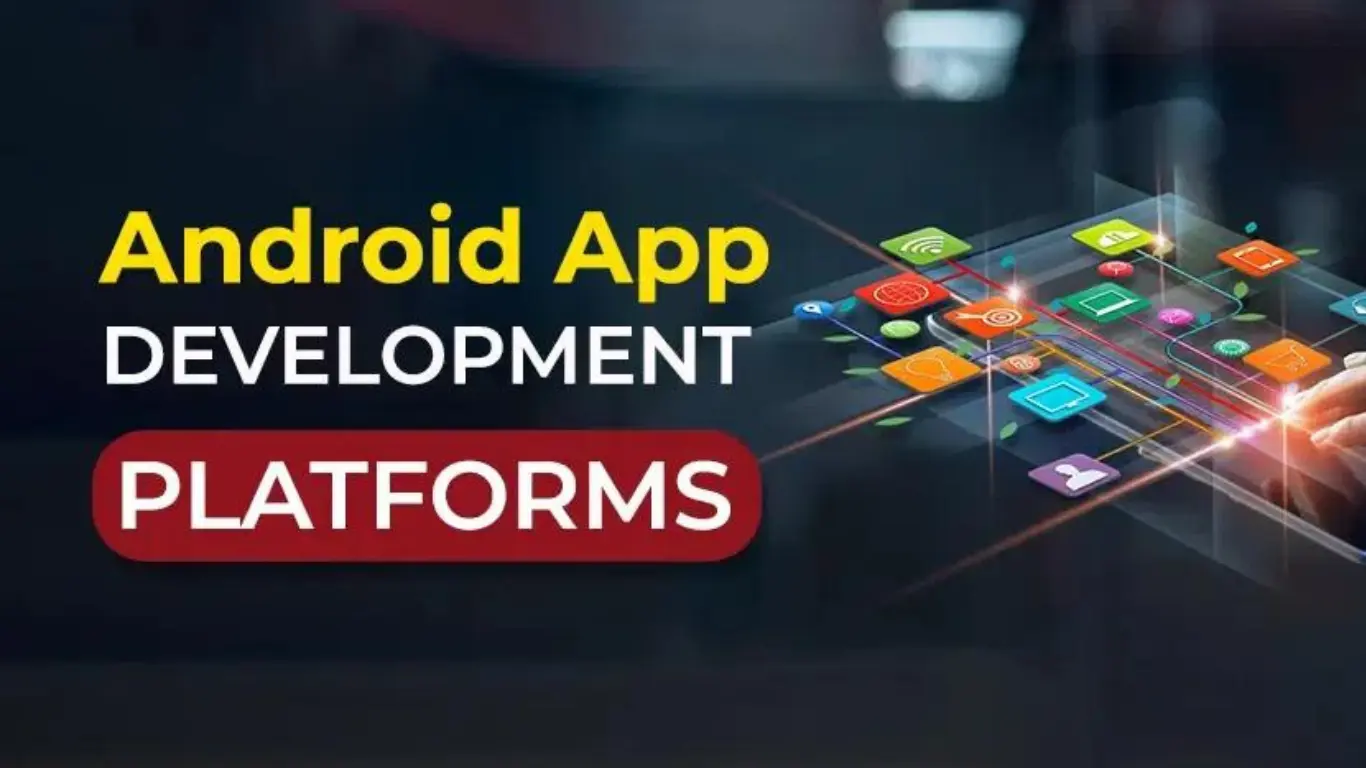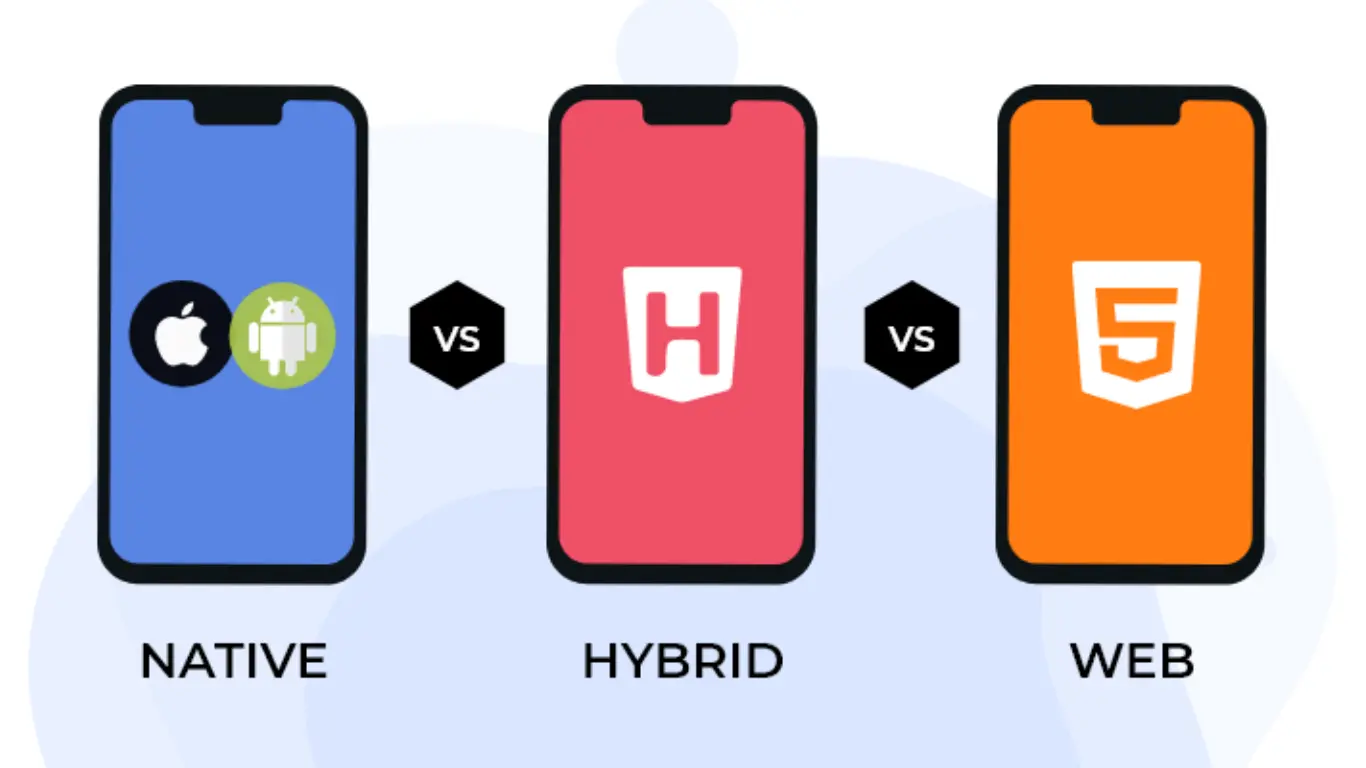Master App Development
with Full Digital Learning

Mobile app development is all about creating software for smartphones, tablets, and other
mobile devices. It involves writing the code to make the app work and designing how it looks
and feels.
While app development is similar to making other software, like web apps, there’s a big
difference: mobile apps can use the special features of a device.
For example, they can use GPS for location tracking, Bluetooth for connecting to other
devices, and the camera or microphone for capturing media. Most mobile apps are made for
Apple and Android devices since they dominate the market.
Although you can develop apps for other platforms, targeting Apple and Android gives you
the best reach. There are various app development frameworks available, giving you plenty of
choices. At Full Digital Learning Institute, our app development course will guide
you through these options, helping you find the best fit for your project.
App Development Process
The process of app development is very simple. If you want to build apps, just use the simple
formula

1. Develop Ideas and strategies
Before you start building your app, take some time to brainstorm your ideas. Some of you might
already have a basic idea, while others might be starting from scratch.
- What do you want your app to do?
- What are your app’s main goals?
- What problems will your app solve for users?
- What features will your app have?
- How much money are you willing to spend?
- How will you create the app? (In-house team, agency, app builder, etc.)
Its easy to get distracted by extra features during brainstorming. Focus on the main functions
of your app and avoid unnecessary add-ons that take away from its main purpose
2. Market Research
Once you’ve settled on your idea, it’s time to check out similar apps that are already out
there. Having a completely new concept with no competition is rare.
- Who are your competitors?
- Who is your target audience?
- How will your app be different from the competition?
- What’s the best platform to launch your app on?
- How will you market and promote your app?
Market research is a crucial step you can’t skip. You don’t want to waste time and money
developing an app only to find out there’s no demand for it. Doing this research upfront can
save you a lot of money before you start building anything.
3. Make your UX Design
Designing your mobile app is a crucial step. Start by imagining how your app will look and
feel. Sketch out some ideas and create wireframes to map out how the app will function.
Focusing on the user experience should be your top priority. Ensure the user interface is
smooth and easy to navigate.
- Create a storyboard or roadmap to show how different screens connect.
- Consider how people will use your app differently than a mobile website (app
development and web development are not the same).
- Make user experience your main focus.
Before building a fully-functional app, create some prototypes based on your
wireframes. Then, develop an MVP (minimum viable product). This is a basic version
of your app that fulfills its primary purpose without all the extra features.
4. App Development
Now it’s time to build your app. This involves creating the back-end technology,
APIs, and the front-end interface. Here’s what you need to do
- Choose your development method.
- Put together your development team.
- Appoint a project manager.
- Set a timeline with milestones and goals.
- Be flexible and ready for changes along the way.
Depending on your development method, you might need to create two versions of
the app—one for iOS and one for Android. Or, you can use cross-platform tools to
build one app that works on both operating systems.
5. Testing
Before your app goes live, you need to make sure it works properly. Testing your app
is the time to find and fix bugs, glitches, and other issues before your customers
use it.
- Test your app with quality assurance (QA) throughout development.
- Ensure the app works on both iOS and Android platforms.
- Test it on different devices like smartphones and tablets.
- Run tests with real users to get feedback and make improvements.
Remember, no app is perfect. The goal of testing is to release a functional app
that doesn’t crash, so users have a good experience. You can always update your app
and release new versions later. Don’t worry about making it perfect during testing,
or it might never get to market. Focus on delivering a solid product that works well
Best Mobile App Development Platforms

Creating an app is easier when you focus on your skills, goals, app type, and budget. With
the right tools, you can build your own software without programming skills and also test,
improve, and maintain it after launch. These tools help turn your app idea into reality and
keep it running smoothly.
1. BuildFire
BuildFire is a great app builder for both iOS and Android that requires no coding skills. Even
if you don't know anything about programming, you can easily create a custom app with BuildFire.
It’s perfect for both new startups and established businesses. Adding new features to your app
is as easy as picking plugins from BuildFire's feature marketplace.
2. Adobe PhoneGap
Adobe PhoneGap is an app development tool that lets you create apps using JavaScript, HTML5, and
CSS3. It offers a plugin feature to easily add functionality to your apps. PhoneGap is actually
based on Apache Cordova, which serves as its underlying engine.
Different Types of Mobile Apps

App development has come a long way. In the past, you had to write separate code for each
platform—one for iOS apps and another for Android apps—making the process quite complex.
Today, it's much easier to get started. Modern tools and platforms are more integrated,
allowing you to build your own software without programming skills. Plus, JavaScript now helps
you create apps that work across different platforms with less hassle.
1. Hybrid Mobile Applications
Although 'hybrid' and 'cross-platform' are often used as if they mean the same thing, they’re
not quite identical. Both allow you to write an app once and use it on multiple platforms.
However, hybrid apps are generally easier to create. Cross-platform development can be complex
and usually needs strong coding skills, whereas hybrid development can often be done with basic
web development knowledge or through no-code app builders.
2. Progressive Web Application (PWA)
PWAs, or Progressive Web Apps, are apps you access through a web browser instead of downloading
them directly onto your device. PWAs now look and behave a lot like regular apps. They even
allow you to send push notifications through the browser. However, they can’t fully tap into all
the features that native apps can use on your device.
3. Native Mobile Applications
Native apps are the ones you install straight onto your phone, typically from the Apple App
Store or Google Play Store. They usually work even without an internet connection and can fully
use the features of your device. Creating a native app means writing code specifically for the
device’s operating system.



 App development has come a long way. In the past, you had to write separate code for each
platform—one for iOS apps and another for Android apps—making the process quite complex.
App development has come a long way. In the past, you had to write separate code for each
platform—one for iOS apps and another for Android apps—making the process quite complex.